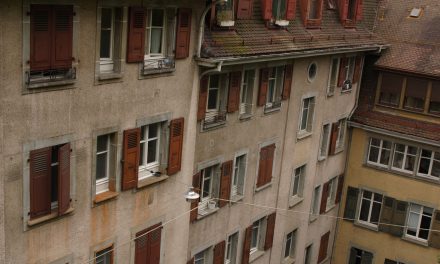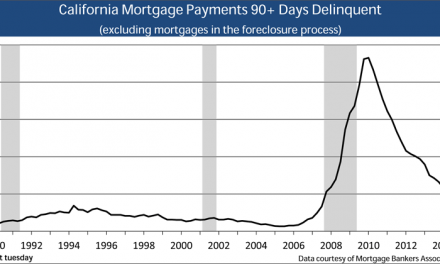Everyone in real estate knows about the intensely escalating low- and mid-tier home prices in the Bay Area — but what is the famously competitive market like at the top?
San Francisco luxury homes priced between $1 million and $5 million sold at an average 7% higher than their asking price in 2015, according to a recent report from Coldwell Banker. This ratio of average list price (ALP) to average sales price (ASP) is the highest nationwide for the $1-5 million home price bracket.
San Francisco also ranked third in home sales volume in the same price bracket, with approximately 2,400 luxury homes sold in 2015. The city’s sales were only surpassed by:
- Los Angeles, by a slim margin of approximately 2,800 luxury homes sold; and
- New York City, with approximately 7,400 luxury homes sold.
Despite fewer luxury home sales overall, San Francisco’s 7% ALP/ASP ratio outranked both LA and NYC, which sold homes at ASPs of 2-3% below asking price. Only neighboring San Jose neared San Francisco’s high ratio with 3% ALP/ASP.
While this information seems irrelevant to the average homebuyer — and their agent — competition at the top signifies the unbridled excess of the Bay Area’s home pricing crisis. Since luxury homebuyers need only to compete with each other, the uptick in sales prices indicates overwhelming demand for upscale urban accommodations in California’s toughest market has breached the barrier between home pricing tiers.
Luxury sales and the average homebuyer
What does this breach mean to average homebuyers and real estate agents working in low- and mid-tier markets?
The precarious real estate situation in the Bay Area is nearing its limit. Unsustainable prices are bad enough for low- and mid-tier home sales, and the competitive spillover into luxury sales suggests impending trouble as the reputed tipping point is about to be reached. Already, a decline in home sales across all tiers is beginning to take hold as buyer purchasing power diminishes after the Federal Reserve (the Fed) increased interest rates in December 2015 (an effect that will ripple more directly into the real estate sphere likely in late 2016 or early 2017).
To make buying conditions worse, luxury home inventory in the million-dollar range dropped 6.4% from 2014 to 2015, according to Redfin. This is just another episode of insatiable demand devouring limited inventory, leaving residents with empty pockets, disappointing shelter and no relief from builder starts or departing businesses in sight.
Further, San Francisco and other Bay Area cities are dependent on the health of their economic and business relationships. As employed Bay Area natives flee in search of financially feasible housing in suburbs and smaller cities — which ought to have been easy to find with generous tech industry wages — businesses will suffer, hemorrhaging valuable chunks of their workforce to impossible costs of living. Without plentiful, locally-housed employees to generate higher production and profit, businesses, too, will be forced out of the area to sustain a profit above their operating costs.
What can be done? Of course, rezoning to permit building of high density structures is always an option, and fast has become an incontrovertible necessity. Increasing urban density through rezoning allows for more residents to remain in the Bay Area, which also allows them to remain with their employers — sustaining economic stability, cultural enhancement and the virtuous cycle. Additionally, building more housing appropriately priced for all income tiers increases supply, easing the strain of demand on the nearly barren market.
Get involved with rezoning advocates and stay current on local market conditions through first tuesday Local.














